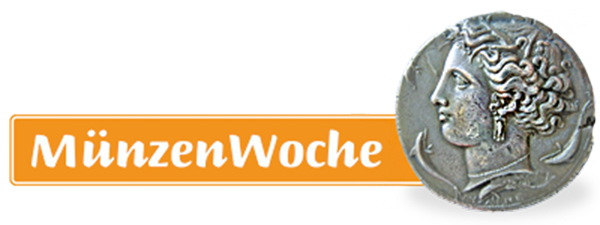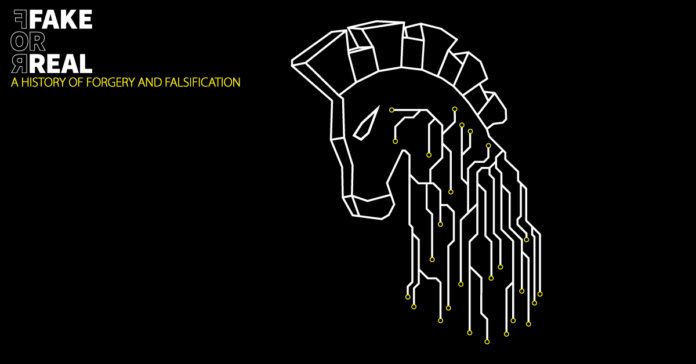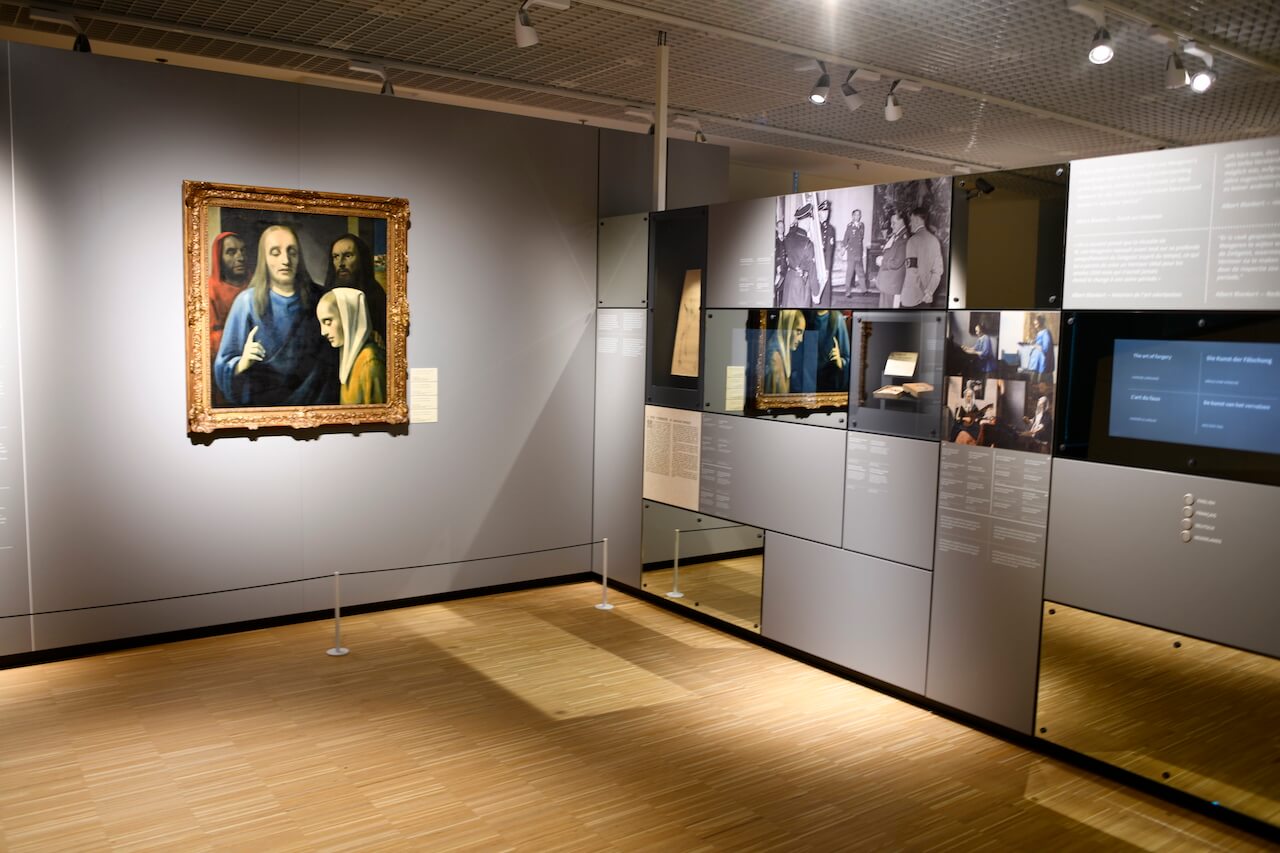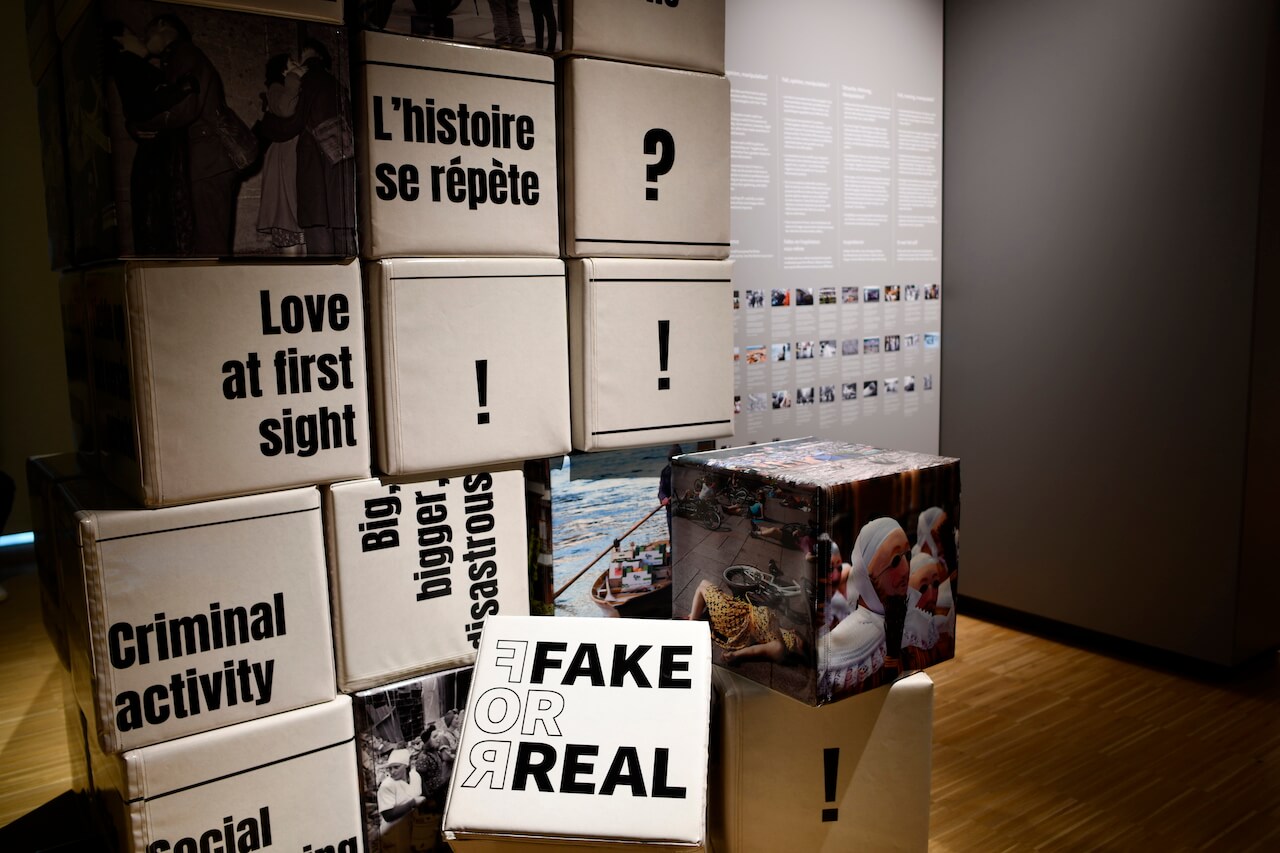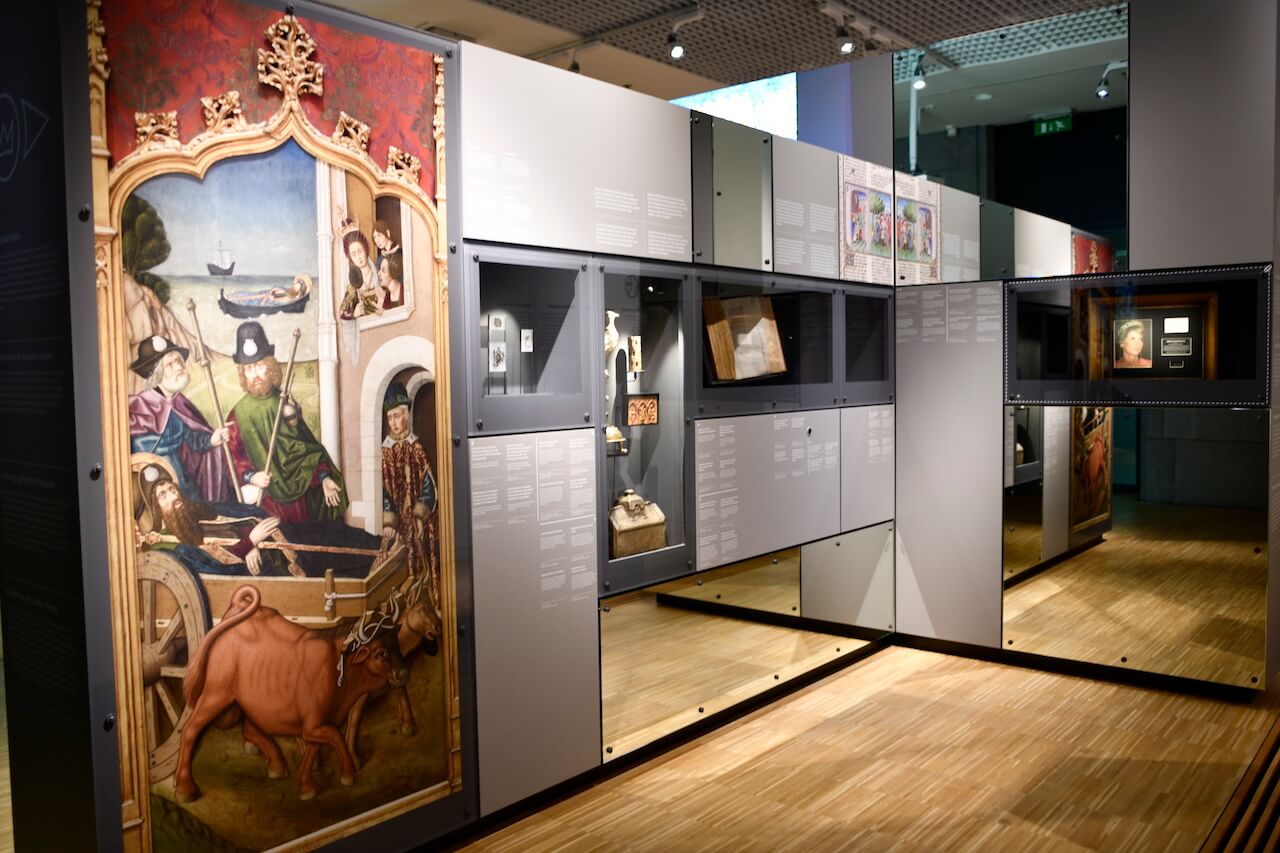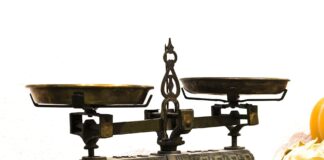The House of European History in Brussels’ Park Leopold opened its doors to a new temporary exhibition, “Fake for Real: A history of forgery and falsification”. Exploring the fascinating world of forgery, fakes and falsehoods, visitors will be swept along a dramatic narrative, spanning from antiquity to the present day.
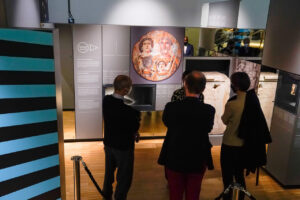
An artful display of mirrors at the entrance and a labyrinthine path through the exhibits immediately set the tone for the visit – how do we find or evade the truth? How do we play with illusions? Visitors are invited to reflect on how falsehoods are told and for what purpose. As exhibition curator Joanna Urbanek explains: “We have to be aware that sometimes we want to be deceived, to transcend our daily existence, to daydream. It’s human to embrace certain fakes. But that inclination can be exploited, and the consequences huge.”
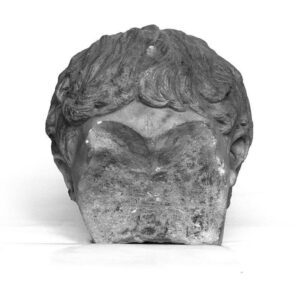
Set across six themes and a chronological timeline, the exhibition offers a rich display of more than 200 remarkable artefacts from all over Europe. Wide-ranging, each tells a compelling story of falsification and deceit – from the erased records of the Roman emperors, manipulated biographies of medieval saints, stories of travel that never happened – to a fake army used by the Allies in WWII. They also include documents of critical importance in our history such as the Donation of Constantine and the letters used to accuse Dreyfus, all illustrating how emotions and personal beliefs can impact how we want to understand the world, or deliberately misrepresent it.
Communication on Covid-19 and the disinformation surrounding it are also examined in this topical and up-to-date exhibition. “Disinfodemic” serves as a timely reminder that truths and untruths are constantly circulating and that critical thinking and civic action are valuable guardians against deception. The final section of the exhibition, entitled “Era of Post Truth?” is an interactive space filled with games and videos where visitors can become fact checkers, decide on what gets published, and play with an innovative “filter bubble” that explores how social media works.
A theatrical journey through the motives, impact and exposure of fakes, this is an engaging exhibition that shines a light on our past, present and future, in all its complexity and contradictions. It runs until 31st of October 2021 at the House of European History, 135 Belliard, Brussels.
Learn more about the House of the European History.
Here you find all information on the exhibition “Fake for Real”.
Do you want to see more images? Films? For a wide range of videos check out the Youtube-Channel of the House of the European History.
Do you already know how to detect forgeries of ancient coins?
And read this article to learn more about the aspect of damnatio memoriae on ancient coins.


